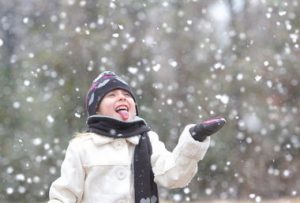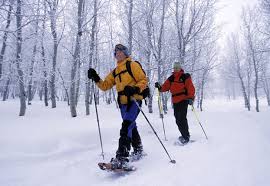What to know about traveling with Medicare

Happy portrait of senior couple, woman embracing her husband
www.Medicare.gov suggests that before you go, remember to look into Medicare coverage outside the United States.
If you have Medicare Part A (Hospital Insurance) and Part B (Medical Insurance), your health care services and supplies are covered when you’re in the U.S. However, in general, Medicare won’t pay for health care services or supplies if you travel outside the U.S. (except in these rare cases).
That doesn’t mean you have to travel abroad without coverage. Here are 3 ways you can get health coverage outside the U.S.:
- If you have a Medigap policy, check your policy to see if it includes coverage when traveling outside the U.S.
- If you have another Medicare health plan (instead of Original Medicare), check with your plan to see if they offer coverage outside the U.S.
- Purchase a travel insurance policy that includes health coverage.


 The Center for Disease Control shared that children and families thrive when they have access to safe, stable, nurturing relationships and environments. Policies and programs that are supportive of children and families can prevent child abuse and neglect and other early adversity. CDC works to better understand the problem of child abuse and neglect and to prevent it before it begins.
The Center for Disease Control shared that children and families thrive when they have access to safe, stable, nurturing relationships and environments. Policies and programs that are supportive of children and families can prevent child abuse and neglect and other early adversity. CDC works to better understand the problem of child abuse and neglect and to prevent it before it begins. Amita Health shared with the Daily Herald Newspaper that t
Amita Health shared with the Daily Herald Newspaper that t Gloria Kent, the
Gloria Kent, the  The Center for Disease Control and Prevention shared that winter storms and cold temperatures can be dangerous. Stay safe and healthy by planning ahead. Prepare your home and cars. Prepare for power outages and outdoor activity. Check on older adults.
The Center for Disease Control and Prevention shared that winter storms and cold temperatures can be dangerous. Stay safe and healthy by planning ahead. Prepare your home and cars. Prepare for power outages and outdoor activity. Check on older adults. The National Institute on Aging shared that if you are like most people, you feel cold every now and then during the winter. What you may not know is that just being really cold can make you very sick.
The National Institute on Aging shared that if you are like most people, you feel cold every now and then during the winter. What you may not know is that just being really cold can make you very sick. Dr. Diego Villacis, an orthopaedic surgeon with the Northshore Orthopaedic Institute in Evanston, shared with the Daily Herald Newspaper that
Dr. Diego Villacis, an orthopaedic surgeon with the Northshore Orthopaedic Institute in Evanston, shared with the Daily Herald Newspaper that
